Volunteer Diving: REEF's Survey Project Through the Years
A dozen divers spread across the site, slates in hand, pointing at fish and flashing animal hand signals: horse-eye jacks, yellowhead jawfish, spotted eagle rays, colorful chromis. Scanning the reef for new species and recording them on waterproof checklists, the surveyors leave no nook or cranny unexplored. As each diver climbs back on the boat, the group enthusiastically begins the post-dive show and tell.
“Did you see those juvenile jackknives? They were the size of mosquitos!” one exclaims. “Seventy-six… 77… 78! I found 78 different species this dive!”
This scene is repeated on countless dive boats and beaches throughout the Caribbean, North and Central America, Hawaii and the South Pacific. Increasing numbers of citizen scientists are participating in one of the longest-standing marine-conservation programs for divers and snorkelers: Reef Environmental Education Foundation’s Volunteer Survey Project. They learn to identify fish and invertebrates, record those species while diving, and add their surveys to REEF’s database.
Twenty years ago, REEF began the Volunteer Survey Project because basic information on marine fish populations was lacking. Since 1993, REEF volunteers have completed more than 170,000 fish surveys at more than 10,000 sites — creating the world’s largest collection of marine-life sightings. This extensive volume of data enables researchers and marine-resource managers to detect changes in ecosystems and implement effective conservation measures.
REEF data have been used to assess biodiversity, monitor changes in fish populations, and evaluate the effectiveness of marine-protected areas and artificial reefs. Surveyors document new species and track the spread of exotic (non-native) species. REEF provides free access to its database, which helps scientists, policy makers and the general public better understand and preserve oceans.
Specific successes include: evaluating populations of rockfish in the Pacific Northwest and goliath grouper in Florida to ensure sustainable fisheries for these keystone species; monitoring and protecting one of the Caribbean’s largest and last known spawning aggregations of Nassau grouper in Little Cayman; and documenting occurrences of non-native fish, including invasive lionfish.
Many divers take up fish-watching because they are curious about nature and want to actively conserve oceans. Others survey because it makes diving more interesting. Learning the names, behaviors, and characteristics of underwater creatures enhances the diving experience tremendously. When surveying, every dive feels like a treasure hunt — making even mediocre dives unforgettable.
If you know just one fish, you can start surveying. Grab a slate and a waterproof species checklist at REEF.org/store. Go diving and remember to keep an eye out for camouflaged critters and speedy swimmers. Record only what you can positively identify, leave out the rest, and submit the data online. Learn new species by reading a marine life guidebook or attending a “Fishinar” — REEF’s free online seminars.
The key to becoming a successful “afishionado” is to practice. REEF leads many Field Survey Trips throughout the world each year to increase divers’ identification competence and confidence. These trips are led by some of the world’s best underwater naturalists and photographers, including Ned and Anna DeLoach, founders and pioneers of REEF’s Volunteer Survey Project and Scuba Diving magazine’s monthly “Critter Hunt” columnists.
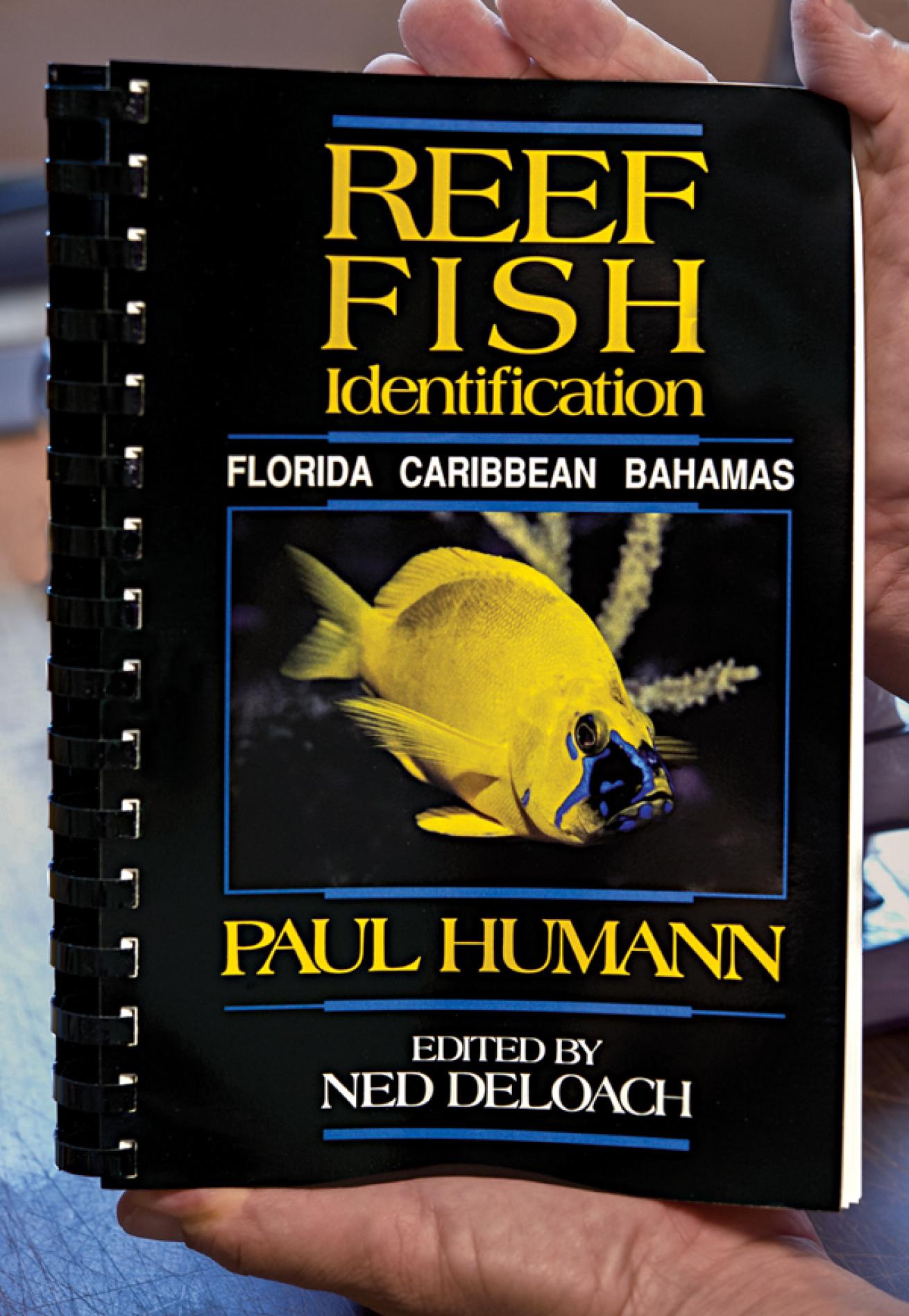
Courtesy REEF1990 - After releasing Reef Fish Identification, Paul Humann and Ned DeLoach found REEF.
A dozen divers spread across the site, slates in hand, pointing at fish and flashing animal hand signals: horse-eye jacks, yellowhead jawfish, spotted eagle rays, colorful chromis. Scanning the reef for new species and recording them on waterproof checklists, the surveyors leave no nook or cranny unexplored. As each diver climbs back on the boat, the group enthusiastically begins the post-dive show and tell.
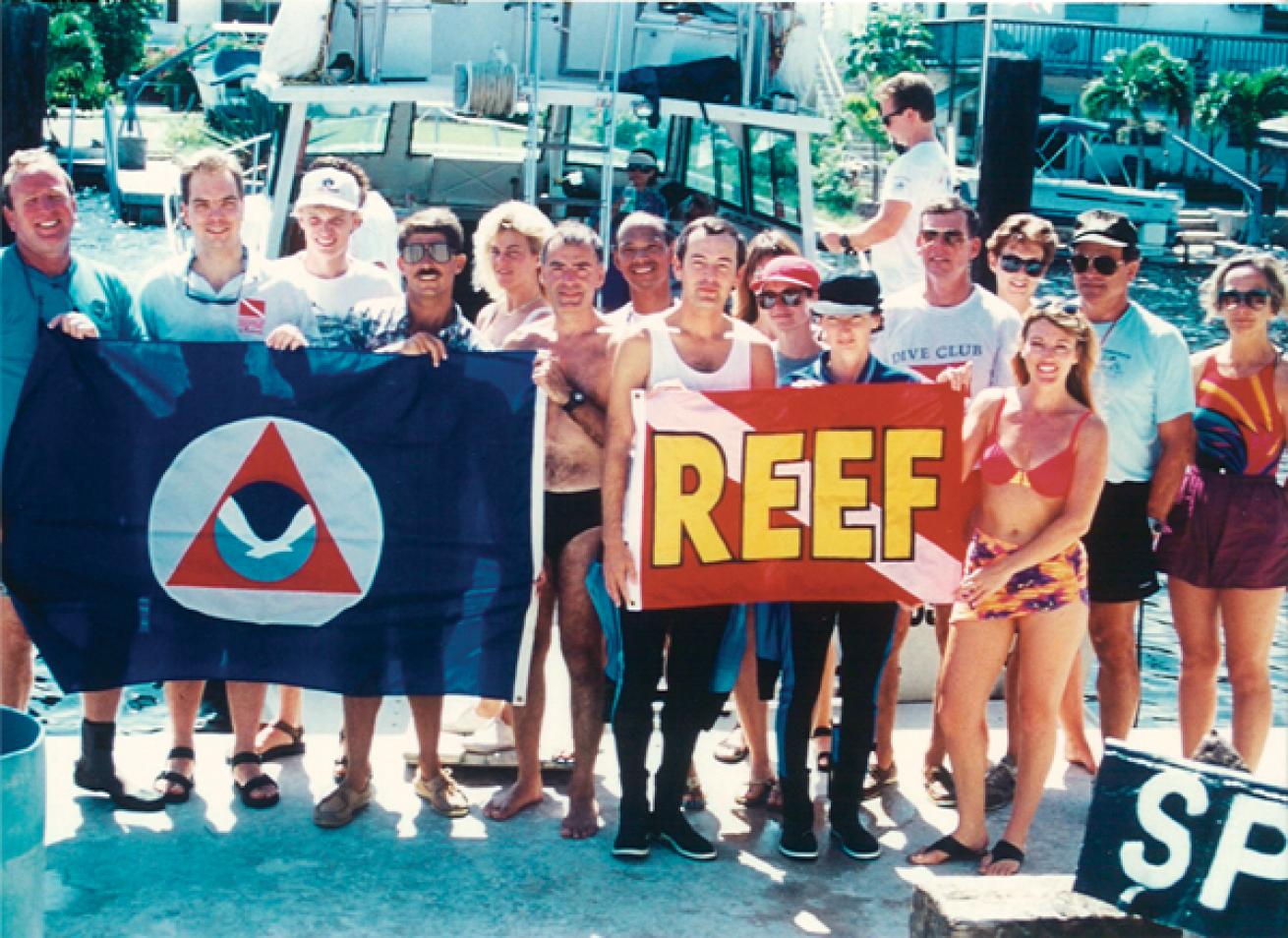
Courtesy REEF1993 - REEF begins surveying and hosts first Field Survey Trip in Key Largo, Fla.
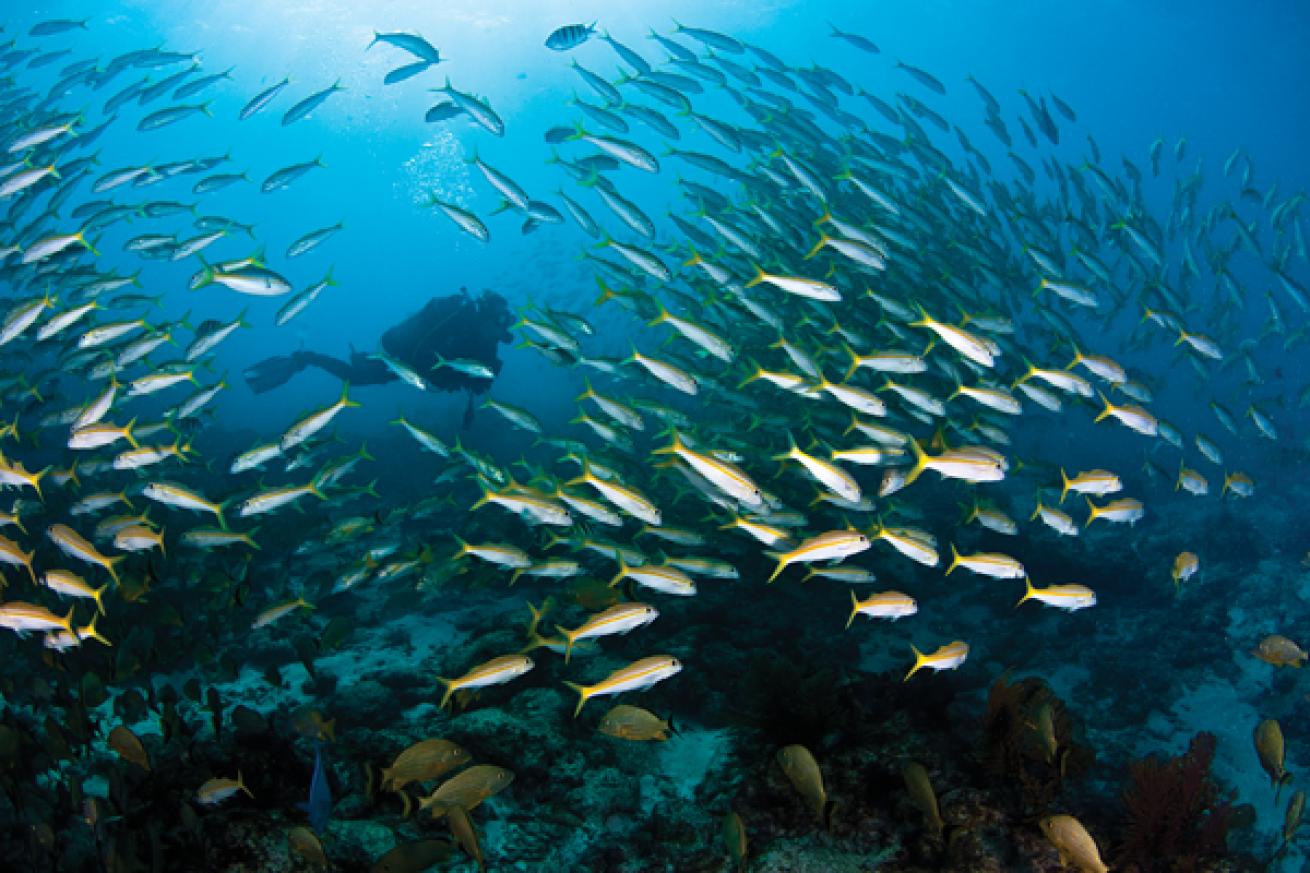
Andy Morrison1996 - First of 45 scientific papers published using REEF data.
“Did you see those juvenile jackknives? They were the size of mosquitos!” one exclaims. “Seventy-six… 77… 78! I found 78 different species this dive!”
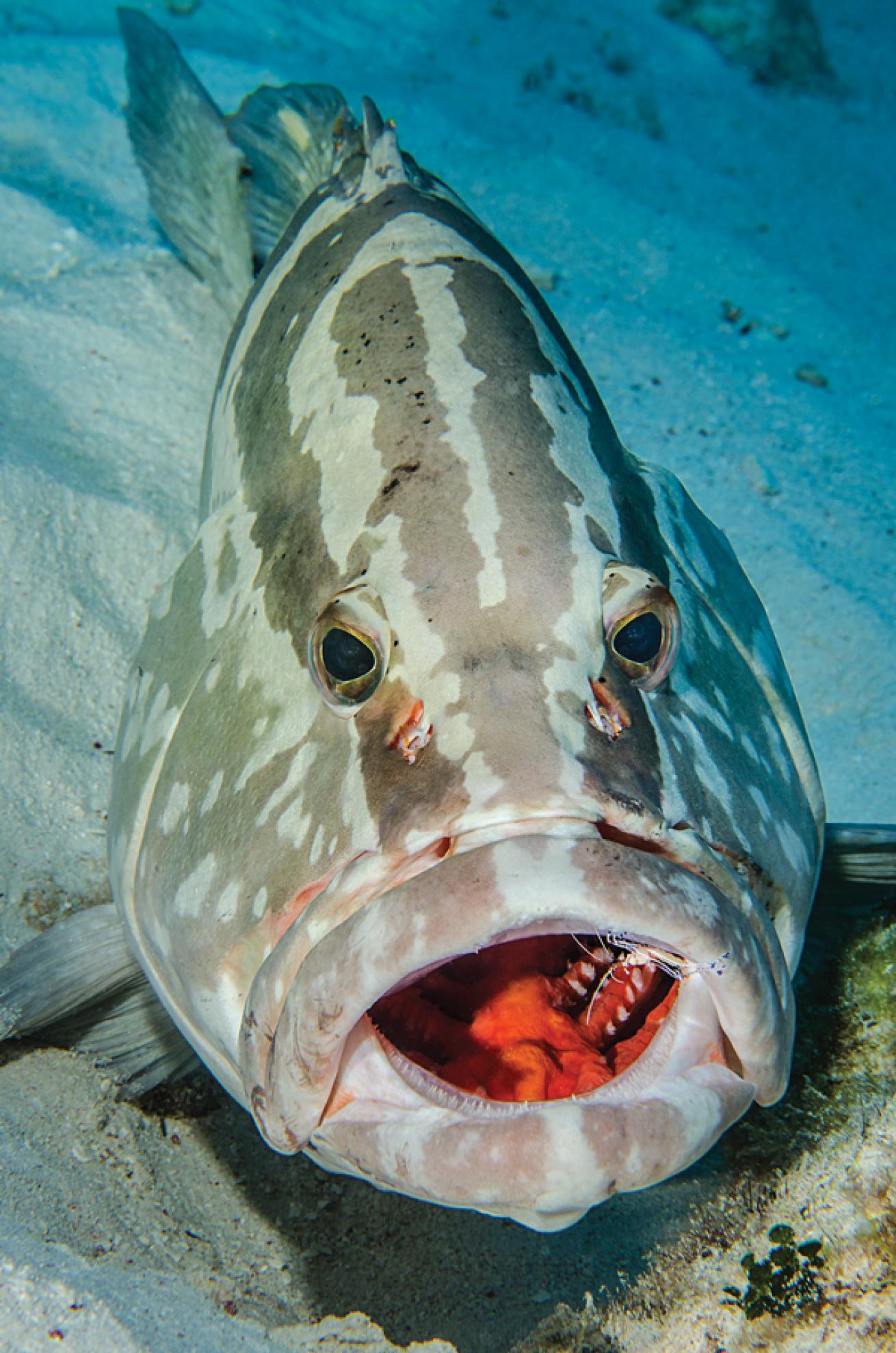
Alex Mustard1997 - REEF joins the World Wide Web; REEF.org launched.
This scene is repeated on countless dive boats and beaches throughout the Caribbean, North and Central America, Hawaii and the South Pacific. Increasing numbers of citizen scientists are participating in one of the longest-standing marine-conservation programs for divers and snorkelers: Reef Environmental Education Foundation’s Volunteer Survey Project. They learn to identify fish and invertebrates, record those species while diving, and add their surveys to REEF’s database.
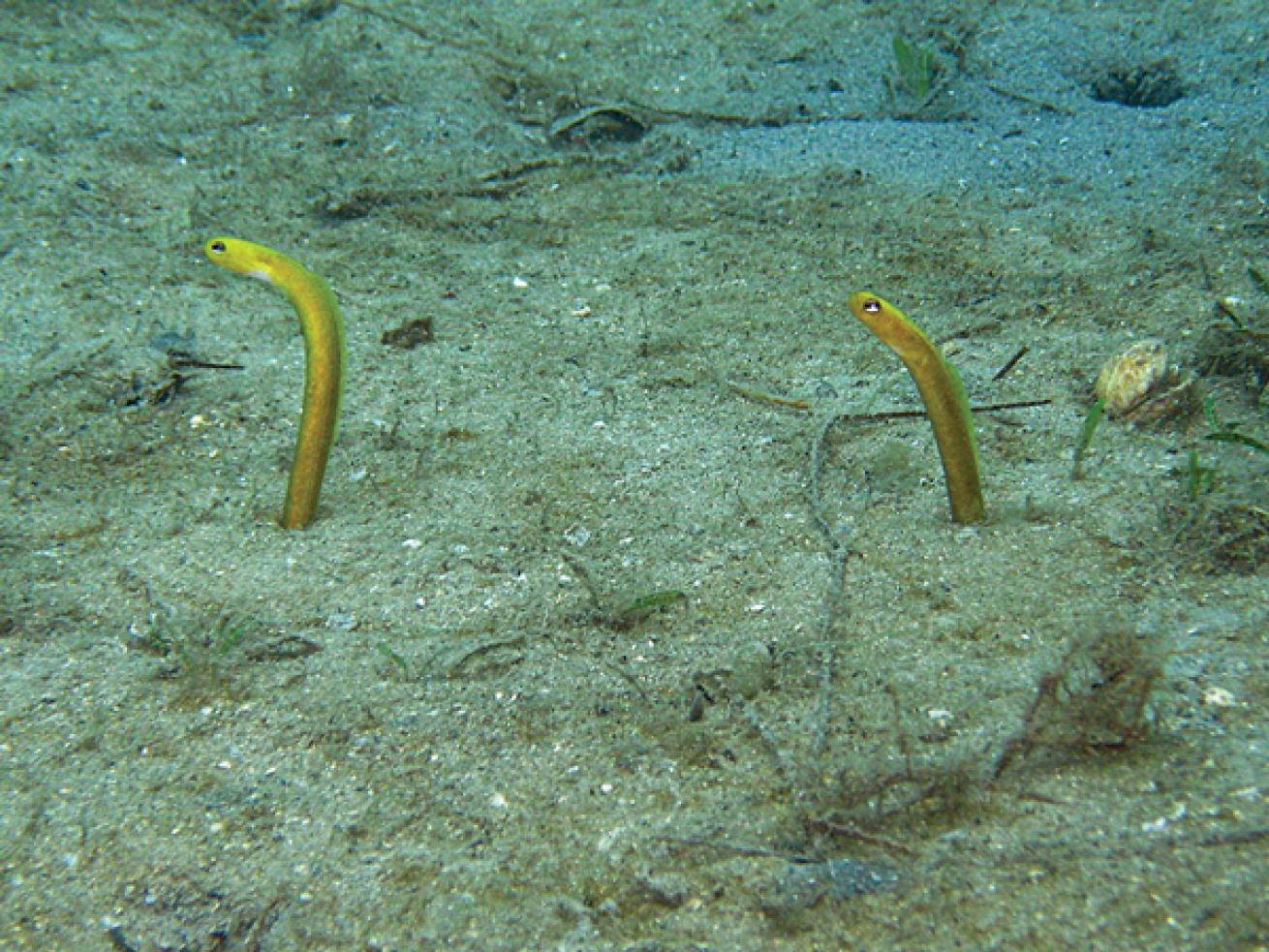
Courtesy Mike Phelan1997 - REEF member Ken Marks finds the first (living) yellow garden eels.
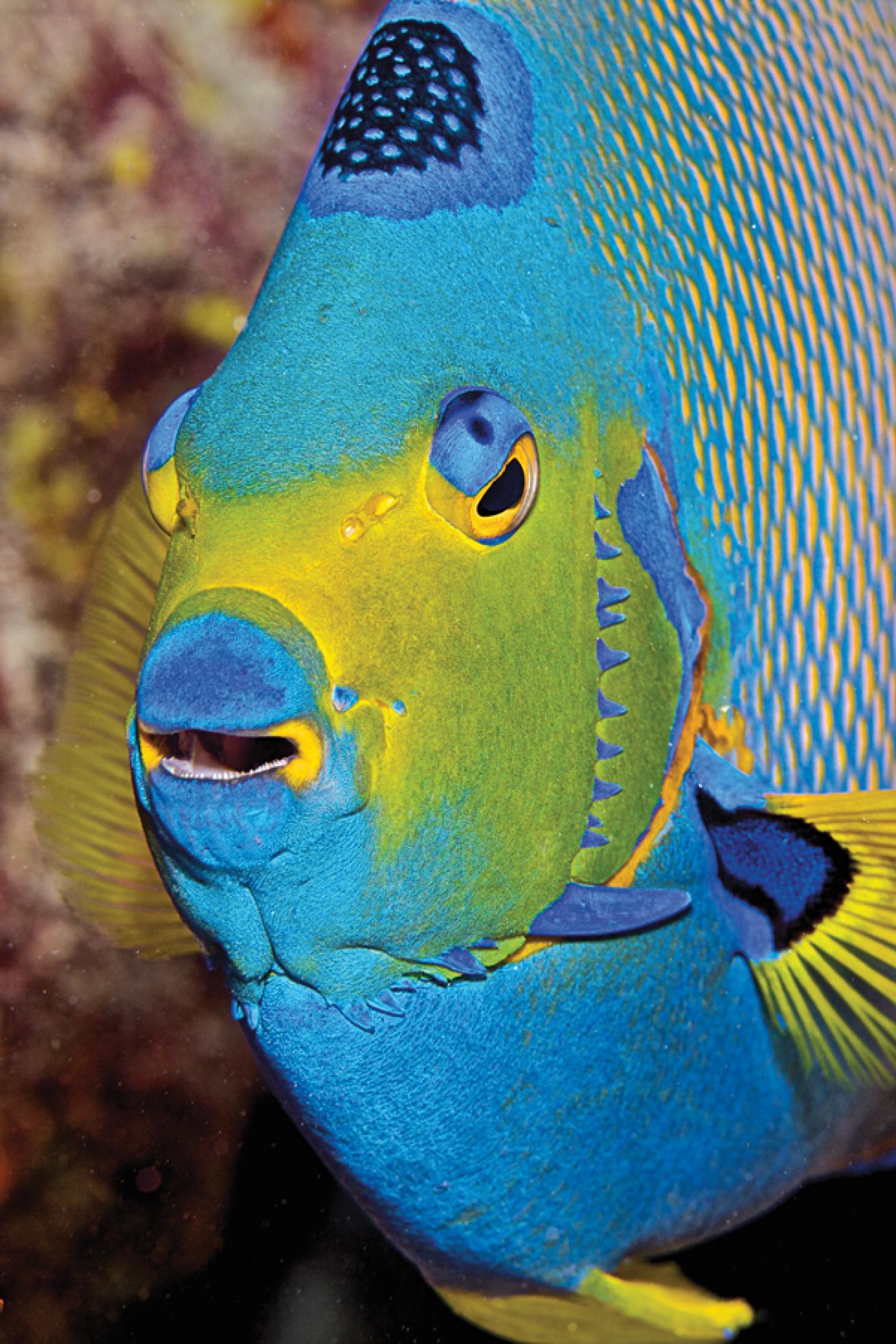
Courtesy Carlos and Allison Estape1999 - REEF develops the PADI Project AWARE Fish Identification Specialty. This beauty? A queen angelfish.
Twenty years ago, REEF began the Volunteer Survey Project because basic information on marine fish populations was lacking. Since 1993, REEF volunteers have completed more than 170,000 fish surveys at more than 10,000 sites — creating the world’s largest collection of marine-life sightings. This extensive volume of data enables researchers and marine-resource managers to detect changes in ecosystems and implement effective conservation measures.
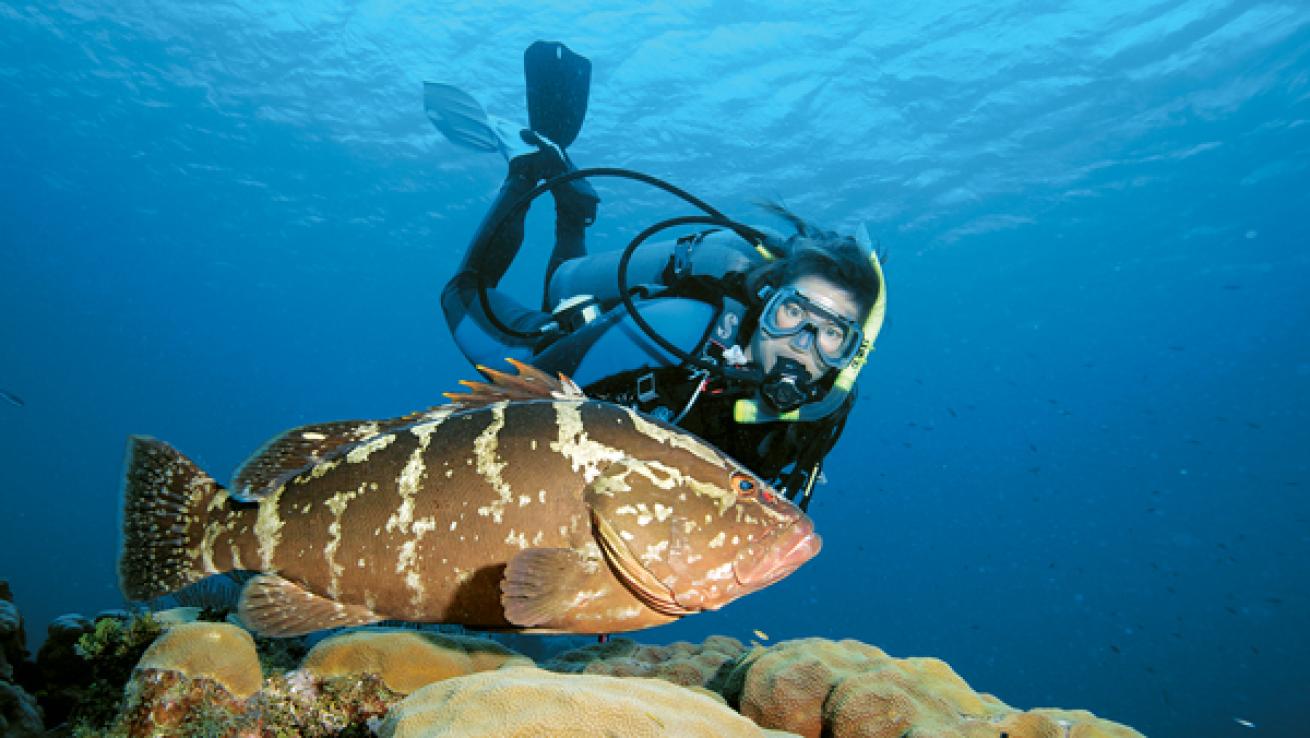
Courtesy Carlos and Allison Estape2002 - REEF begins Grouper Moon Project to protect Nassau grouper.
REEF data have been used to assess biodiversity, monitor changes in fish populations, and evaluate the effectiveness of marine-protected areas and artificial reefs. Surveyors document new species and track the spread of exotic (non-native) species. REEF provides free access to its database, which helps scientists, policy makers and the general public better understand and preserve oceans.
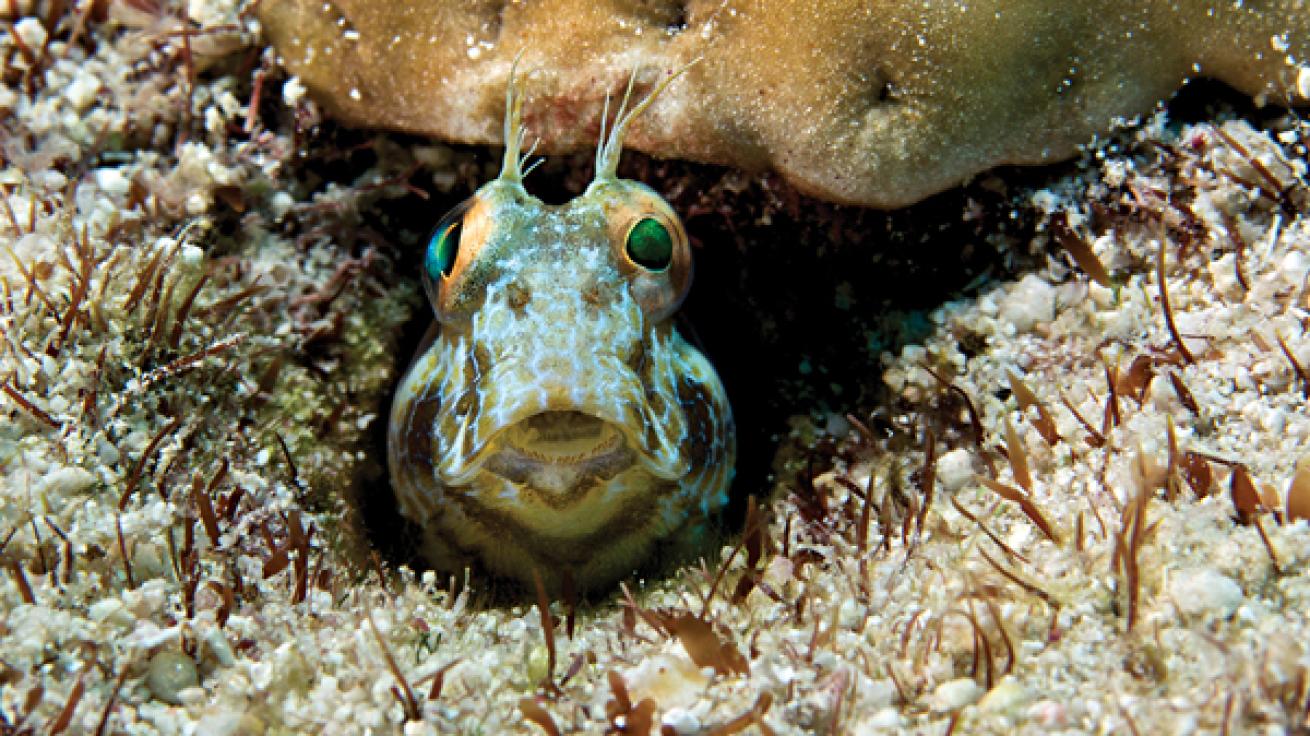
Courtesy Carlos and Allison Estape2006 - REEF Database reaches 100,000 surveys. Included in the database: blennies!
Specific successes include: evaluating populations of rockfish in the Pacific Northwest and goliath grouper in Florida to ensure sustainable fisheries for these keystone species; monitoring and protecting one of the Caribbean’s largest and last known spawning aggregations of Nassau grouper in Little Cayman; and documenting occurrences of non-native fish, including invasive lionfish.
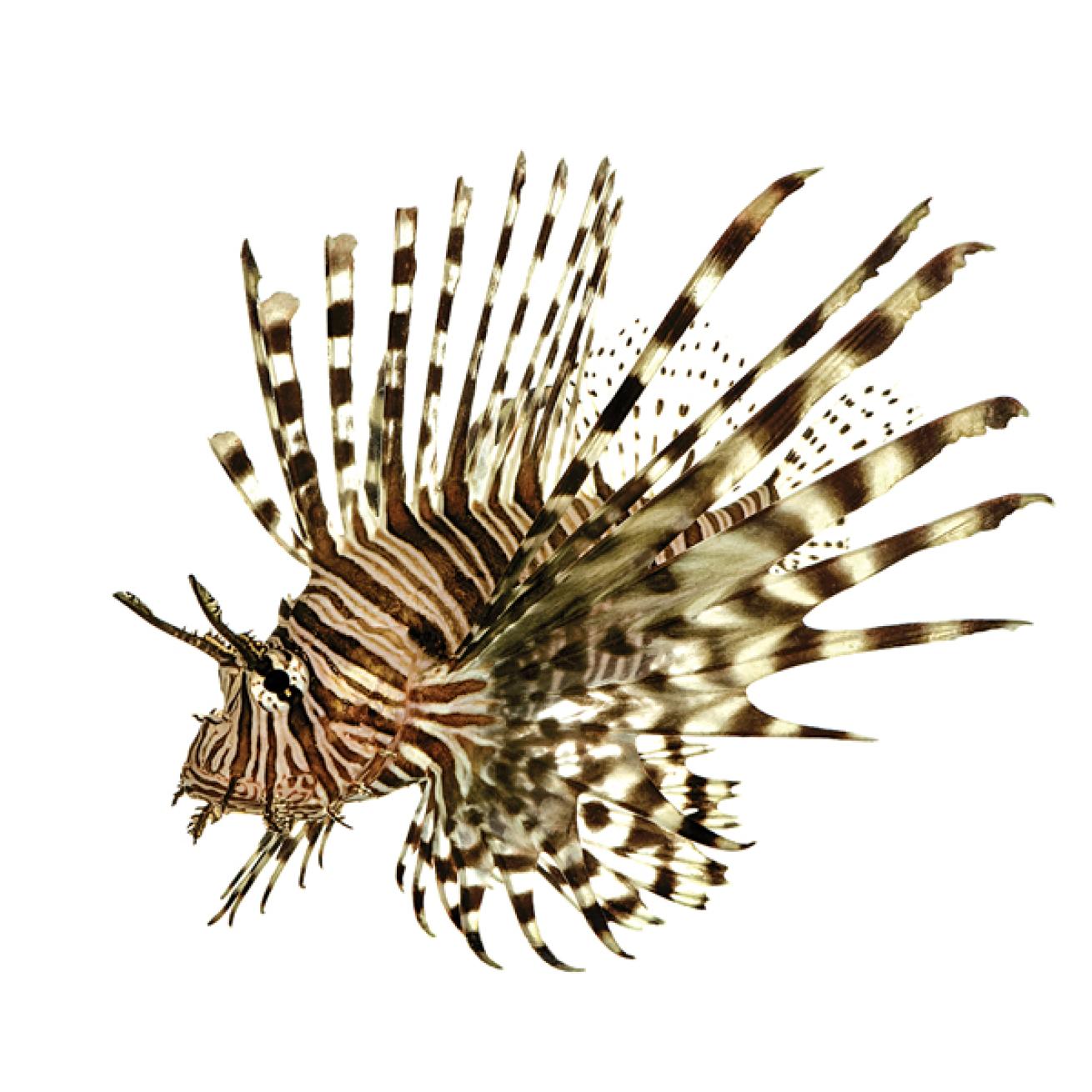
Shutterstock2006 - REEF begins its Invasive Lionfish Program.
Many divers take up fish-watching because they are curious about nature and want to actively conserve oceans. Others survey because it makes diving more interesting. Learning the names, behaviors, and characteristics of underwater creatures enhances the diving experience tremendously. When surveying, every dive feels like a treasure hunt — making even mediocre dives unforgettable.
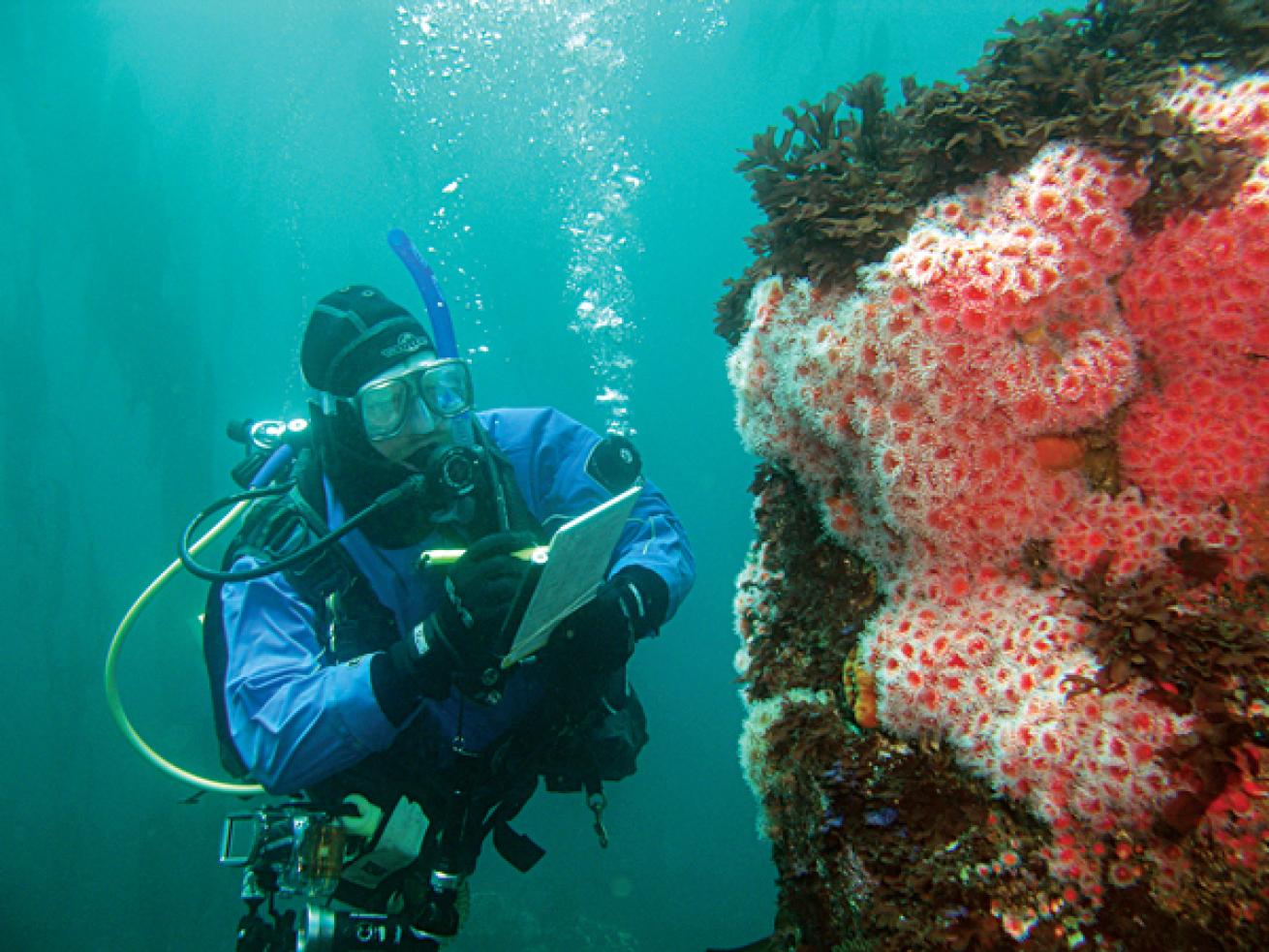
Courtesy Janna Nichols2009 - NOAA uses REEF data to protect rockfish under the Endangered Species Act.
If you know just one fish, you can start surveying. Grab a slate and a waterproof species checklist at REEF.org/store. Go diving and remember to keep an eye out for camouflaged critters and speedy swimmers. Record only what you can positively identify, leave out the rest, and submit the data online. Learn new species by reading a marine life guidebook or attending a “Fishinar” — REEF’s free online seminars.
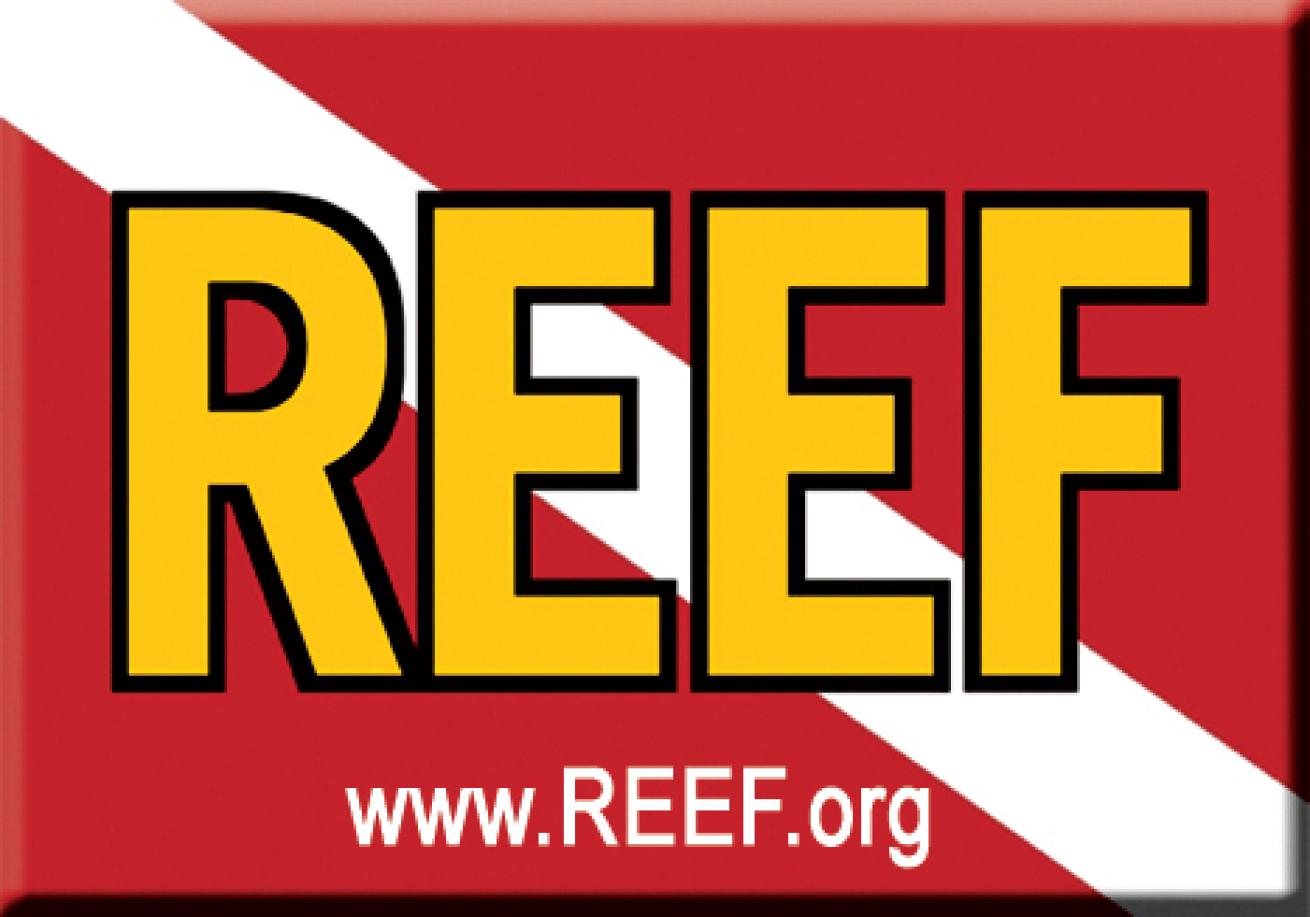
Courtesy REEFREEF will have fishinars from now until June 19.
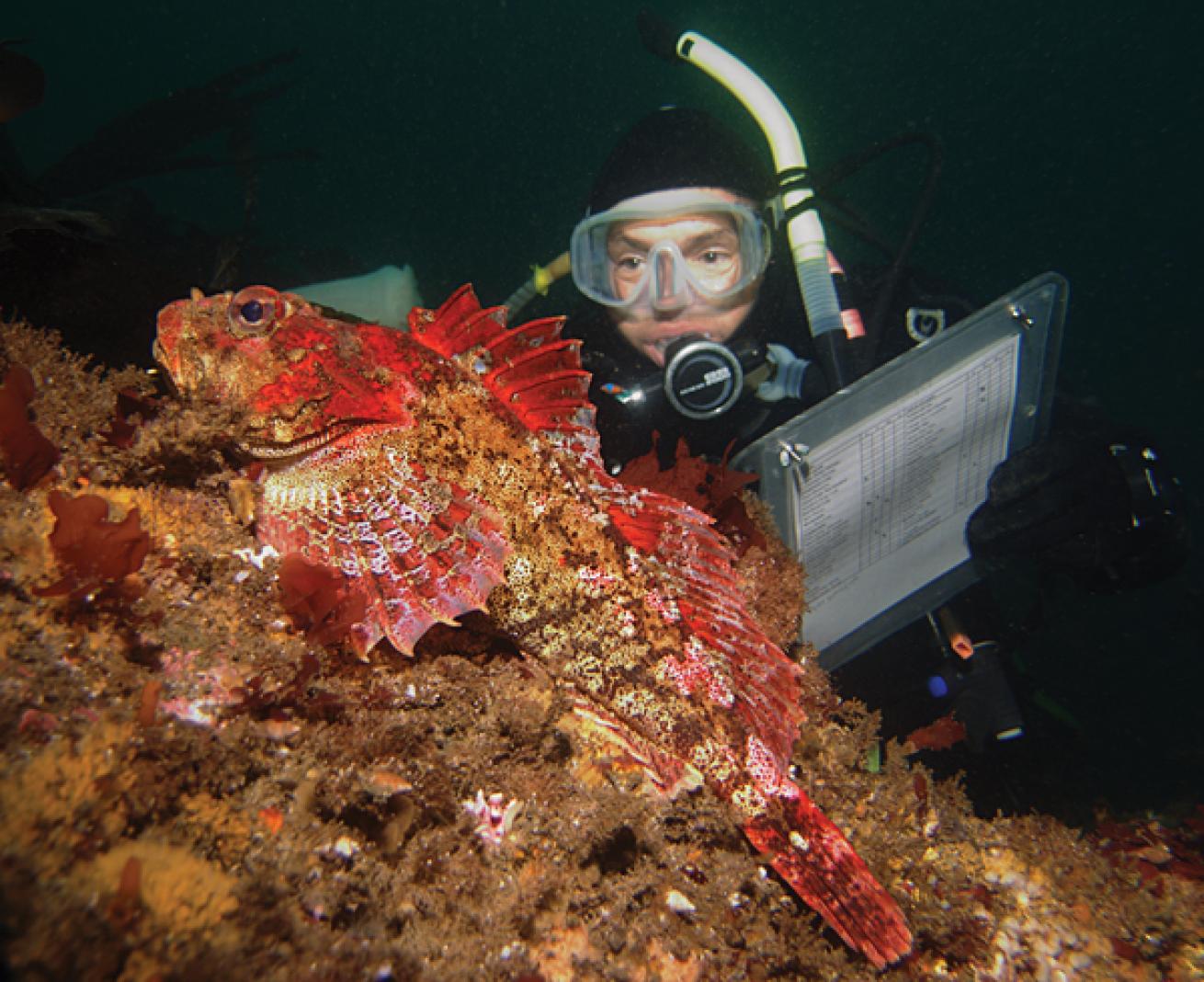
Courtesy Pete Naylor2013 - REEF Database reaches 170,000 surveys.
The key to becoming a successful “afishionado” is to practice. REEF leads many Field Survey Trips throughout the world each year to increase divers’ identification competence and confidence. These trips are led by some of the world’s best underwater naturalists and photographers, including Ned and Anna DeLoach, founders and pioneers of REEF’s Volunteer Survey Project and Scuba Diving magazine’s monthly “Critter Hunt” columnists.










